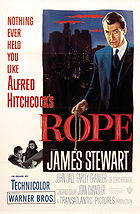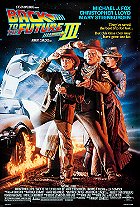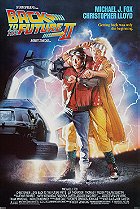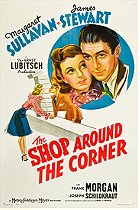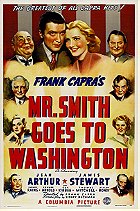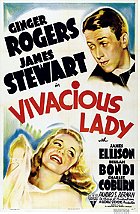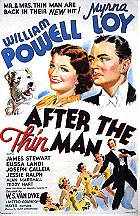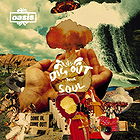It’s a close call, but The Red Shoes is my favourite Kate Bush album; a record which really is all killer and no filler. This is her most pop-sounding album, not that necessarily being a bad thing as pop music is an art form itself, while the album still has Kate’s stamp of unusualness. The back cover of the album shows an array of fruit which is appropriate as The Red Shoes contains some of her most rich compositions. Bush was going through emotional turmoil at the time of the record’s production with a series of personal bereavements and it shows on the album. The album has both the happiest and saddest songs of her career with songs of both despair and hope.
To discuss the happy side of the album, the lead single Rubberband Girl feels very distant from the grace of Running Up That Hill or The Sensual World; instead, this is probably the most danceable song Kate Bush has ever done. If Kate Bush was going to do at least one song which echoes a mainstream pop dance song, at least it still has her trademark weirdness. Concurrently, If Kate had to outdo the epic nature of This Women’s Work with another haunting cinematic in nature ballad then she certainly achieved that with Moments of Pleasure; a song about the journey of life itself with every lyric being a piece of powerful imagery. There’s no point even identifying any single examples, all the lyrics to this song are so majestic. Eat the Music is her most erotic song, loaded with sexual imagery in a seemingly innocent tune. Constellation of the Heart on the other hand, what a jam! This regularly appears on lists of worst/least best Kate Bush songs, but sorry, I absolutely love it. Why Should I Love You? features Prince on back vocals, and it’s clear he definitely had a part to play in this song’s evolution with the final product feeling like something out of Paisley Park; not that there’s anything wrong with that. I highly recommend listening to the un-Princed demo; I find both are excellent in their own way. The vocals on the demo are haunting even if the song does meander a bit; the album version tightens it up. Big Stripy Lie is the least pop/most avant-garde song on the album, one which isn’t pleasant to listen to but it’s not supposed to be; it is, after all, Kate taking on organised religion. The title track of the album continues the line of Kate’s Celtic-infused songs, and in my view one of her most energetic; I don’t know about you but this song gets me pumped every time I hear it.
Moving away from Happy Street to Depression Alley, this selection of sad songs on The Red Shoes contains some of Bush’s most powerful vocal performances from the impassioned plea in Top of the City (a song which may be about literally about suicide) to The Song of Solomon (her only song in which she curses). But if you think The Song of Solomon is sad bastard music then you ain’t heard You’re the One. What strikes me about this song is that there is no hidden meaning; the lyrics and obvious and direct. Right from the first line, “It’s alright I’ll come round when you’re not in, and I’ll pick up all my things”, you know what you’re in for. It’s such a desperate song and she sure saved the most tragic track for the end of the album. Every song on The Red Shoes is a fascinating piece of work; a rare album in which I can say I find every song memorable.
The songs on The Red Shoes were given more of a live band feel as it was proposed Kate would tour the album. Sadly this never materialised but what we got in its place was a 40-minute film featuring a selection of songs from The Red Shoes. This short film, directed and starring Bush herself would be The Line, The Cross and The Curve. For anyone who is a fan of Kate Bush and her Kate Bush-isms, this film is pure nirvana. Granted Kate’s acting isn’t the greatest but it's still Kate, I could watch her in a feature-length film and still be completely entranced even if her acting is dodgy (ok, I’ll try and keep the fanboy sentiment aside). It seems hard to believe this is Kate Bush’s first (and only) foray as a film director as the direction itself is superb. It’s a low-budget film but that doesn’t get in the way. Ok, the shot of her legs moving uncontrollably is a rather poor special effect and unintentionally funny but you could see it as part of the film’s camp appeal which has always been an element of Kate Bush’s work (dancing devils anyone?). The film is full of breathtaking imagery and recaptures the warm and soft colours reminiscent of Powell and Pressburger and even the ending is suspenseful. It’s a shame this was Kate Bush’s only foray into filmmaking; she later dismissed the film as “a load of bollocks”. How can an artist create such a powerful piece of work but for them to think little of it themselves? Unfortunately, this would be the last we’d see of Kate for 12 years.
 Login
Login
 Home
Home 249 Lists
249 Lists 118 Reviews
118 Reviews Collections
Collections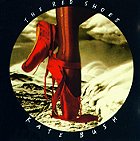
 0 comments,
0 comments, 